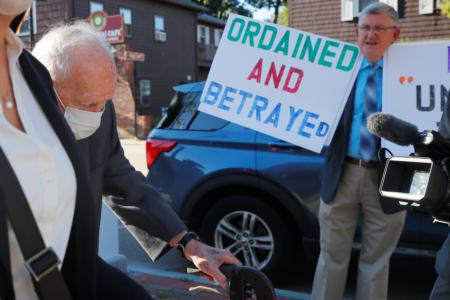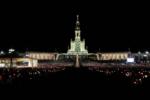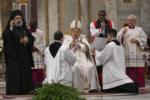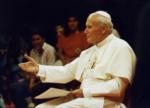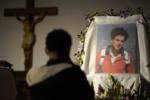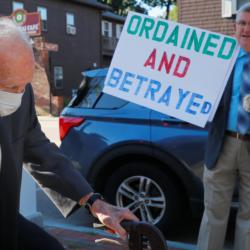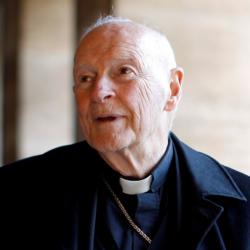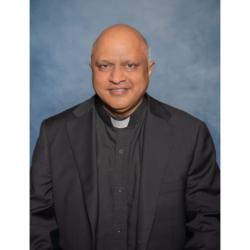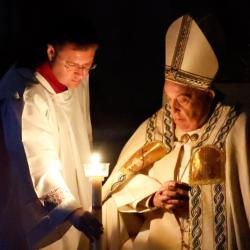Lent’s call: Contemplating the face of Christ
Karl A. Menninger explored the cultural trends of his times (the late ‘70s). His was a combination of psychological and spiritual insight. And one of his most troubling books was entitled “Whatever Became of Sin?”
In it, he tried to decode the reason for the decline of the sense of and the very concept of sin in our world and especially in our society. No one reason could be assigned. Certainly there was the elevation of a theological approach which so emphasized the truth that God is love that it found it difficult to include the idea of “sin” in its operative framework. One would have to include our society’s therapeutic approach to reality. Philip Reif in his work “The Triumph of the Therapeutic” succinctly pointed out the ultimate dichotomy between our modern way of thinking and the traditional Christian approach to life. He wrote: “Religious man was born to be saved; therapeutic man is born to be pleased.”
Whatever the reasons for the downplaying of the notion of sin and our consciousness of it, such a mentality is wrong. Spiritual masters, beginning with St. Thomas Aquinas up to the present note that unless we come to acknowledge the reality of sin in ourselves (and I might add, in our world) we will never truly hunger after God’s grace.
In my own pastoral experience, I believe that somehow we have failed to emphasize how sin truly pains God. We may use various excuses such as self-fulfillment, “Who am I hurting?” etc., but to kneel before the cross for a few minutes and to see the image of Christ struggling in agony leads us to appreciate the enormity of sin and how it truly pains God.
Such a digression is not without relevance for our own reflections. In an analogous manner, we might ask in our day “Whatever happened to compassion?” Certainly, a book might be written on this topic.
Explorers of the inner world of modern men and women have discovered a new spiritual disease: “Compassion-fatigue.” Authors assign various reasons for this. But they are unanimous in noting how it has crept into the spirit of our times and how it has led, after a brief (and often generous) outreach to a certain indifference -- even among good people-- to the needs and sufferings of others. Of course, there are exceptions. But generally speaking, I believe that compassion-fatigue is one of the spiritual malaises of our time.
As I look at the gigantic scope of sufferings in our day--the scourge of AIDS, the senseless starvation of so many, the lack of sanitation which leads to dreaded diseases for so many-- I find myself repeating, consciously or unconsciously, the words of the poet Gerard Manley Hopkins (“No worst, there is none”):
Comforter, where, where is your comforting?
Mary, mother of us, where is your relief?
At the very least, in reflecting about compassion-fatigue, we must turn our attention to the superhuman affection Christ has for the poor and afflicted: “He went around the whole of Galilee teaching in their synagogues proclaiming the Good News of the kingdom, and curing all kinds of disease and sickness among the people. His fame spread throughout Syria, and those who were suffering from disease and painful complaints of one kind or another, the possessed, epileptics, the paralyzed, were all brought to him, and he cured them” (Mt 4: 23-24).
Indeed, part of Christ’s very “emptying out” of which Paul sings (Phil 2: 6-7), springs from his engaged love and actual mystical communion with the poor and needy.
In other words, Christ has given us an example. But as we pursue this theme of “compassion-fatigue” I am reminded of the truth that a picture or an image is often worth more than 1,000 words. And there is a scene in the musical “Jesus Christ Superstar” where the authors try to depict the awful awareness of the immensity of human suffering as it slowly dawns upon Jesus. It is fictional. But because of its vivid portrayal, it will provide a background as we further explore the notion of compassion-fatigue.
Msgr. McDonnell is a senior priest of the archdiocese and is in residence at St. Mary Parish, Dedham.
